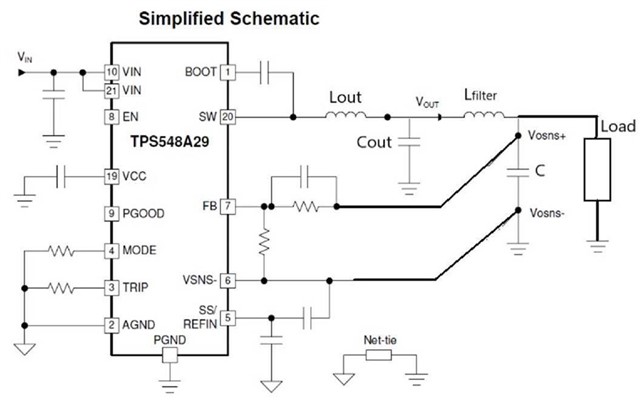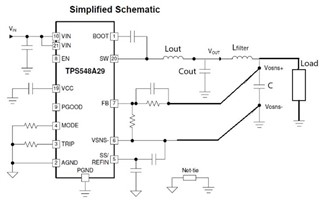Other Parts Discussed in Thread: TPS548B28, TPS548A28
Hi Team,
My customer want to improve output ripple performance, so they add a bead between inductor and load.
After solder the bead and using remote sense, IC will enter output OVP after power on, and they had do below test
1. Use local sense -> Output is ok, no issue
2. don't use bead between inductor and load, just short it -> Output is ok, no issue
3. Add a capacitor between bead and load -> Output is ok, no issue
Could you help me check if this is abnormal condition or not? Thank you so much!
Best Regards,
Roy





